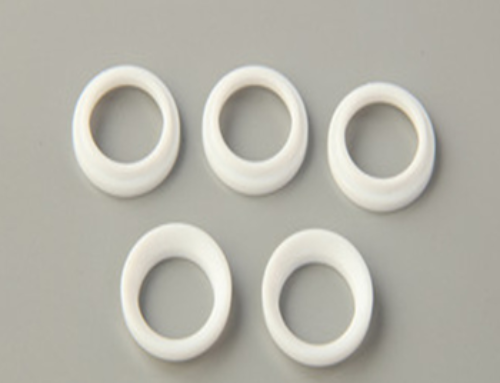Extrusion is a manufacturing process in which material is pushed through a mold to create objects of a fixed cross-sectional profile. Various types of extrusion machines are used across industries, each designed for specific materials and applications. Below are some of the most common types of extrusion machines.
1. Single-Screw Extrusion Machines
Single-screw extruders are the most commonly used type of extrusion machine. They consist of a single screw that rotates inside a barrel, pushing material through a die to form the desired shape. These machines are ideal for processing thermoplastics, such as PVC, polyethylene, and polystyrene. They offer simplicity, reliability, and high production rates, making them suitable for many applications.
2. Twin-Screw Extrusion Machines
Twin-screw extruders feature two intermeshing or co-rotating screws that provide better mixing and compounding capabilities compared to single-screw machines. They are highly effective for processing materials that require high shear forces, such as polymer blends, additives, and composites. Twin-screw machines are commonly used in food processing, pharmaceuticals, and advanced plastic compounding.
3. Ram Extrusion Machines
Ram extrusion machines use a plunger or ram to force material through a die. These machines are typically used for materials that are difficult to process with screw extruders, such as metals, rubber, and ceramics. Ram extrusion provides precise control over the material flow and is often used in the production of specialized profiles and shapes.
4. Horizontal Extrusion Machines
Horizontal extrusion machines are designed with a horizontal arrangement of the screw and barrel. This design allows for easier material handling and is often used for producing profiles, pipes, and films. They are commonly used in the plastics and rubber industries.
5. Vertical Extrusion Machines
Vertical extruders feature a vertical arrangement of the screw and barrel. This type is typically used for producing items like small profiles and wires, where gravity assists the flow of materials. They are also used in some high-temperature and pressure applications.
In conclusion, the different types of extrusion machines—single-screw, twin-screw, ram, horizontal, and vertical—are each tailored to specific materials and production requirements, making extrusion a versatile manufacturing process.













Leave A Comment
You must be logged in to post a comment.